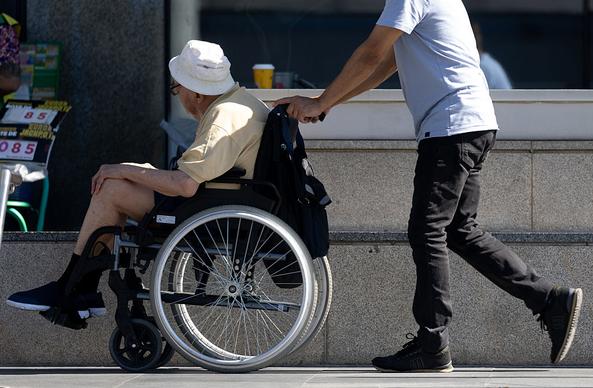"When I started this piece, I claimed that poverty occurs when the following four conditions are present:
1. The national income is distributed using payments to laborers and capital owners.
2. Capital ownership is very unevenly distributed across families.
3. A large share of the population is not working at any given time.
4. Nonworkers are unevenly distributed across families.
One could do more, but I think I have demonstrated this all pretty well using the most recent census income microdata. If this is a correct diagnosis of the problem, then the solution involves flipping one or more of these four conditions.
(...)
So what we are left with is flipping the first condition and using mechanisms other than payments to laborers and capital owners to distribute the national income. This is called the “welfare state” and it is, as a factual matter, how low-poverty countries come to be that way.
Indeed, if you look at the categories of nonworkers in the graphs above, you might notice that they map perfectly onto the populations that welfare states are designed to serve. In good welfare states:
- Children receive a monthly child benefit check, child care, pre-k, K–12 education, among other things.
- Elderly receive an old-age pension.
- Disabled receive disability benefits.
- Students receive tuition subsidies, living stipends, and subsidized loans.
- Carers receive paid leave and home care allowances.
- Unemployed receive unemployment benefits.
Even the United States has some of these benefits and they work in proportion to their coverage and generosity. We can see this in the below graph where I introduce a bar for disposable income poverty, which counts government benefits."
https://jacobin.com/2025/08/welfare-state-poverty-aging-disability-unemployment/
